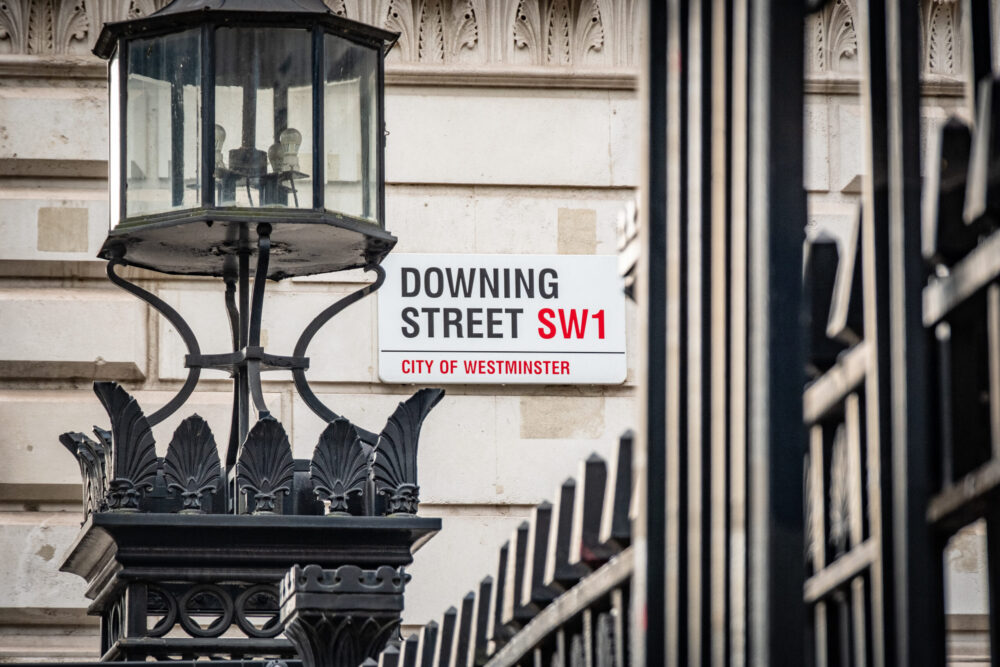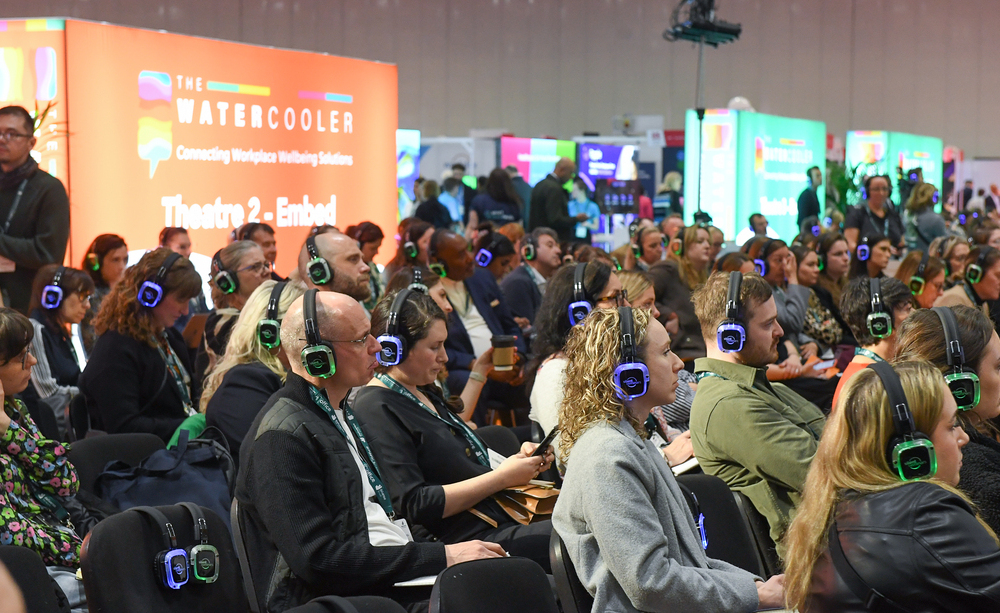One of my “soap-box subjects” is that – outside of a clinical setting – we need to stop assuming that mental health conditions are always caused by events; to stop asking “why” people feel the way they do.
Whilst some (e.g PTSD) obviously relate to a specific event or situation, for many people their mental health condition is just a part of their being and there neither is, nor needs to be a specific causal event.
A recent moment in my life, however, reminded me that – whilst I stand by the point above – we should still pay attention to what is going on in our lives.
I went into employment at the beginning of the year, my first “proper job” after nearly two decades of working for myself. It has been a big shift for me, being simultaneously constrained and liberated by the corporate environment I now inhabit.
Slowly, even insidiously, I noticed symptoms of anxiety in myself with increasing frequency. Nausea, raised heart rate, intrusive thoughts, hypervigilance. A feeling that there is a knot deep in my stomach and a general feeling of worry. Nothing major, no cause for concern. Not a medical condition but an altered state of mind that, whilst it did not interfere with my life, made it uncomfortable.
I put it down to deadlines, the pressure of building and managing a team, that type of thing, and decided to keep an eye on it.
A couple of weeks ago, I went for a morning run whilst working away. I reverted to an old behaviour, which is to grab a coffee and a slice of toast before I run, and then breakfast properly after my shower.
It was then that it occurred to me. Until recently I considered myself a racer (I did triathlons -I should point out that I have never won, or even come close!). As a racer, I never touched caffeine outside of competition. Doing this prevents building up a tolerance, through which regular consumption negates the performance -enhancement of a well-timed caffeine gel.
But since January my coffee consumption has increased by easily 1000%. And on reflection, the very edginess, nausea and increased heart-rate that I find uncomfortable at my desk, was what spurred me on to complete races in my best time.
On this realisation, I limited my coffee consumption to an absolute maximum of one per day. And those symptoms disappeared overnight.
My story is not intended to suggest that cutting down on caffeine is a panacea for anxiety disorders, or that we should take a carte blanche approach to demonising caffeine. In fact, caffeine withdrawal may cause symptoms similar to depression in others. However caffeine-induced anxiety is a recognised condition, and has been noted at daily intakes of only around 200mg.
For comparison, some large big-chain coffees can contain over this amount, as can two-and-a-half energy drinks.
My intention in sharing my own single-case history is to illustrate that, whilst the causes of mental distress are complex, our own actions (or inactions) play a big part in how we are on a given day.
The self-care paradox
This leads me on to what I call the Self-Care Paradox; the cruel trick of nature that means when people’s mental wellbeing is low, the very things that could help them most tend to be those they are least inclined to do.
It is now over ten years since the development and wide-ranging deployment of the Five Ways to Wellbeing – simple actions that the evidence shows improve mental wellbeing regardless of mental illness.
So why have we not seen mental distress plummet? I would argue that one reason is that this paradox means that people rarely plan to be ill. What I mean by that is that they rarely take steps while they are well to ensure their wellbeing when they are not.
The Five Ways: Connect. Be Active. Give. Take Notice. Keep Learning: are a great place to start when thinking about what keeps us well. I would add to the list sleeping properly, asking for help when needed, and thinking about nutrition.
This week I have been delivering line management training in mental health to my colleagues. One of the things that I recommend they run through with direct reports who have mental health conditions is the Wellness Action Plan (WAP) template provided by MIND.
This encourages people to think about the things that keep them well, and consider how their manager can support them when they are unwell.
Without a WAP, a manager suggesting their people exercise more, get to sleep earlier, or socialise might be seen as intrusive – even overstepping the mark. But with the WAP in place the manager is simply honouring the request that the person made when they were in a better place.
This goes a huge way to bridging the gap between motivation and wellness.
About the Author
Rob Woollen is Head of Wellbeing for PeoplePlus Group and holds an MSc in Work and Wellbeing. Having left school at sixteen he understands issues faced by both manual and professional workers in high pressure environments. Rob lectures at Manchester Metropolitan University Business School; he contributed to the pan-European Resilience Project, and assessed the Workplace Wellbeing Charter. He has trained hundreds of wellbeing champions and mental health first responders across the UK in a wide range of organisations. For many years, Rob developed health improvement qualifications for the RSPH and he is an academic reviewer for their journal Public Health

















